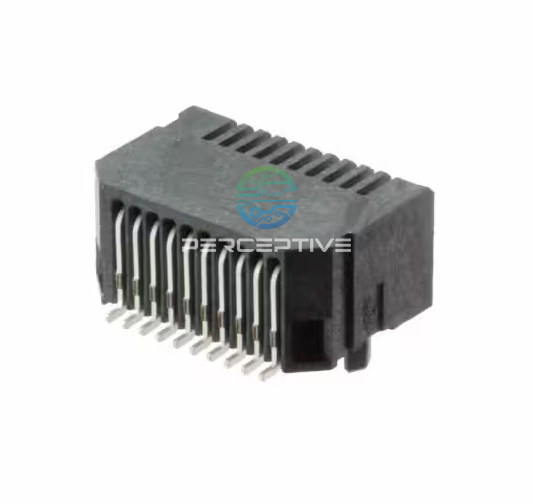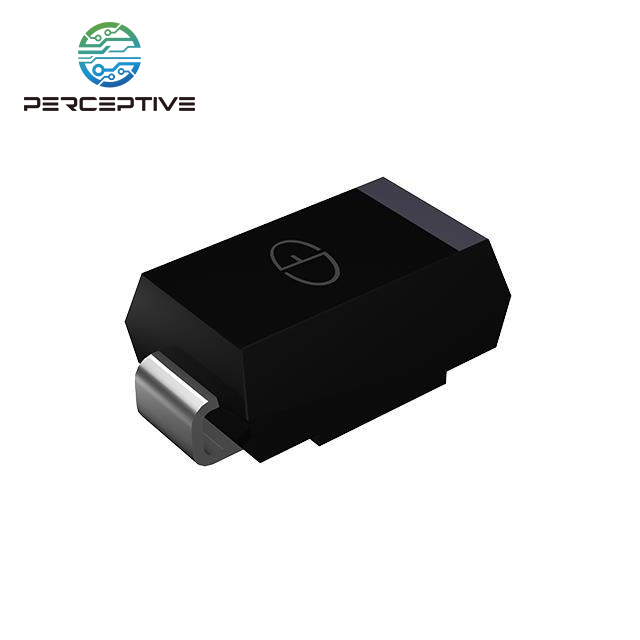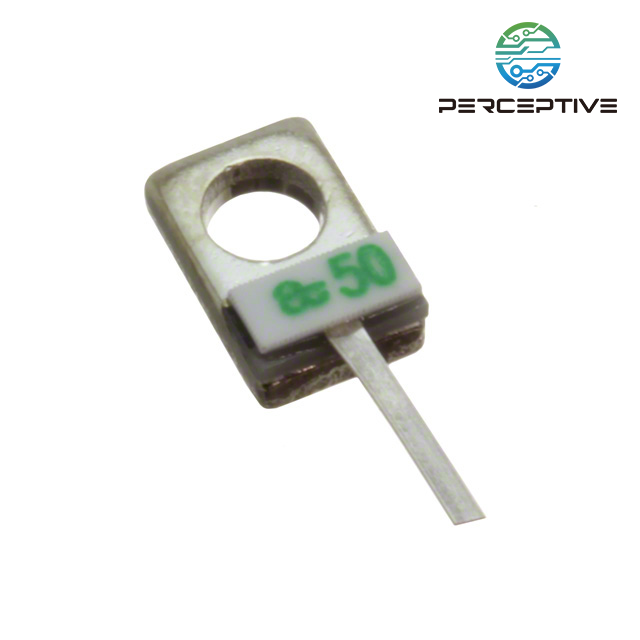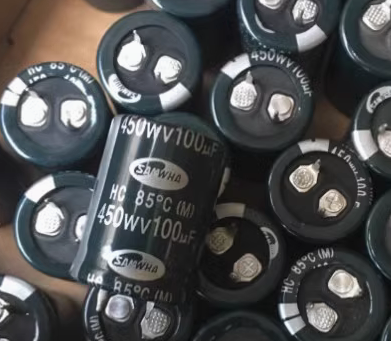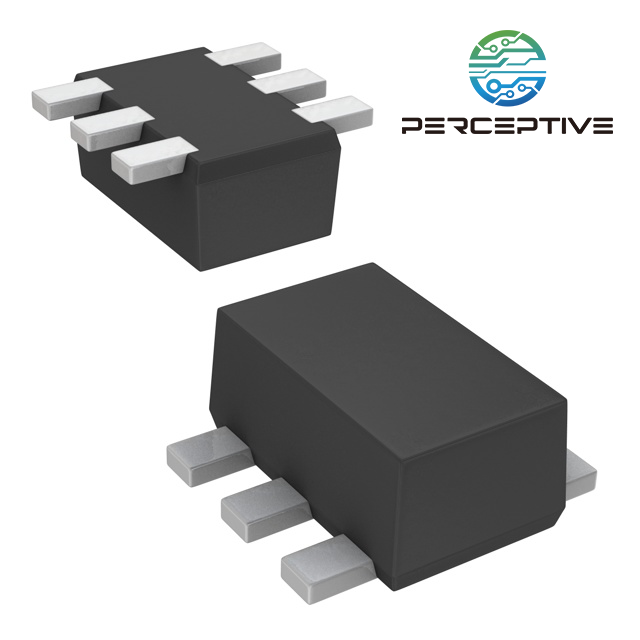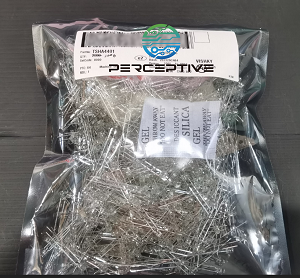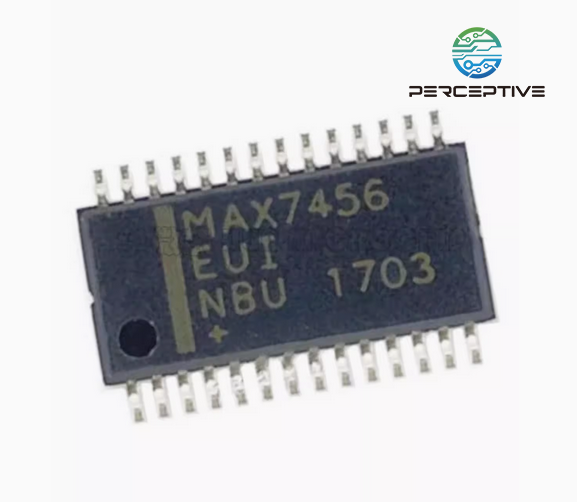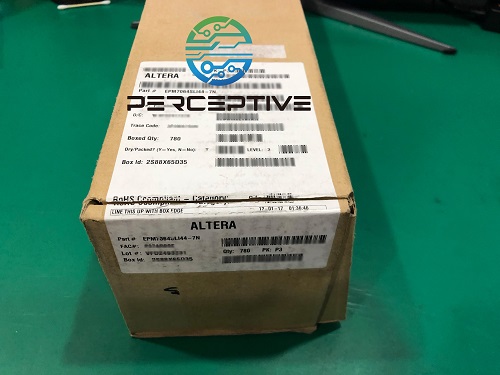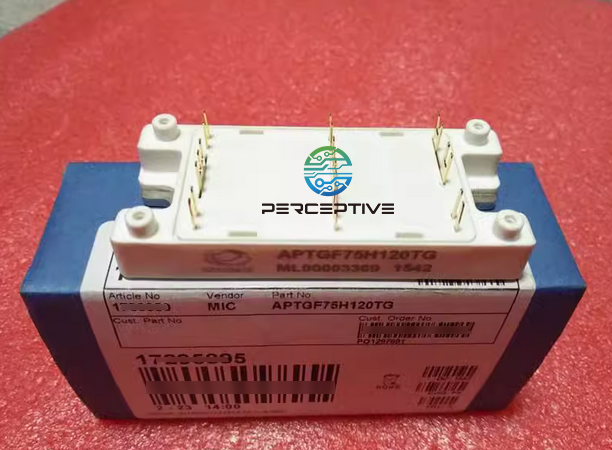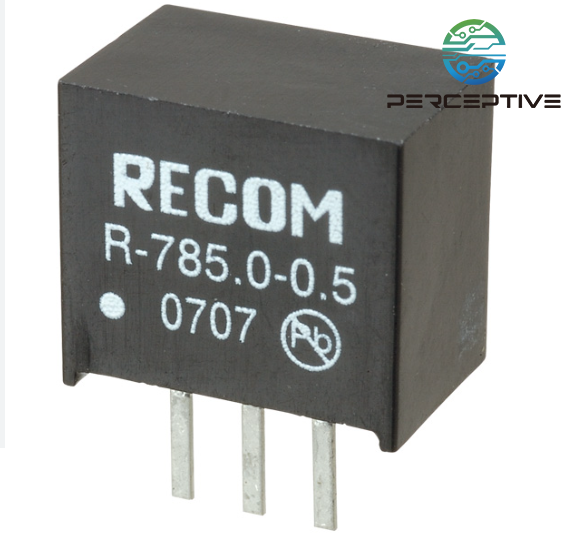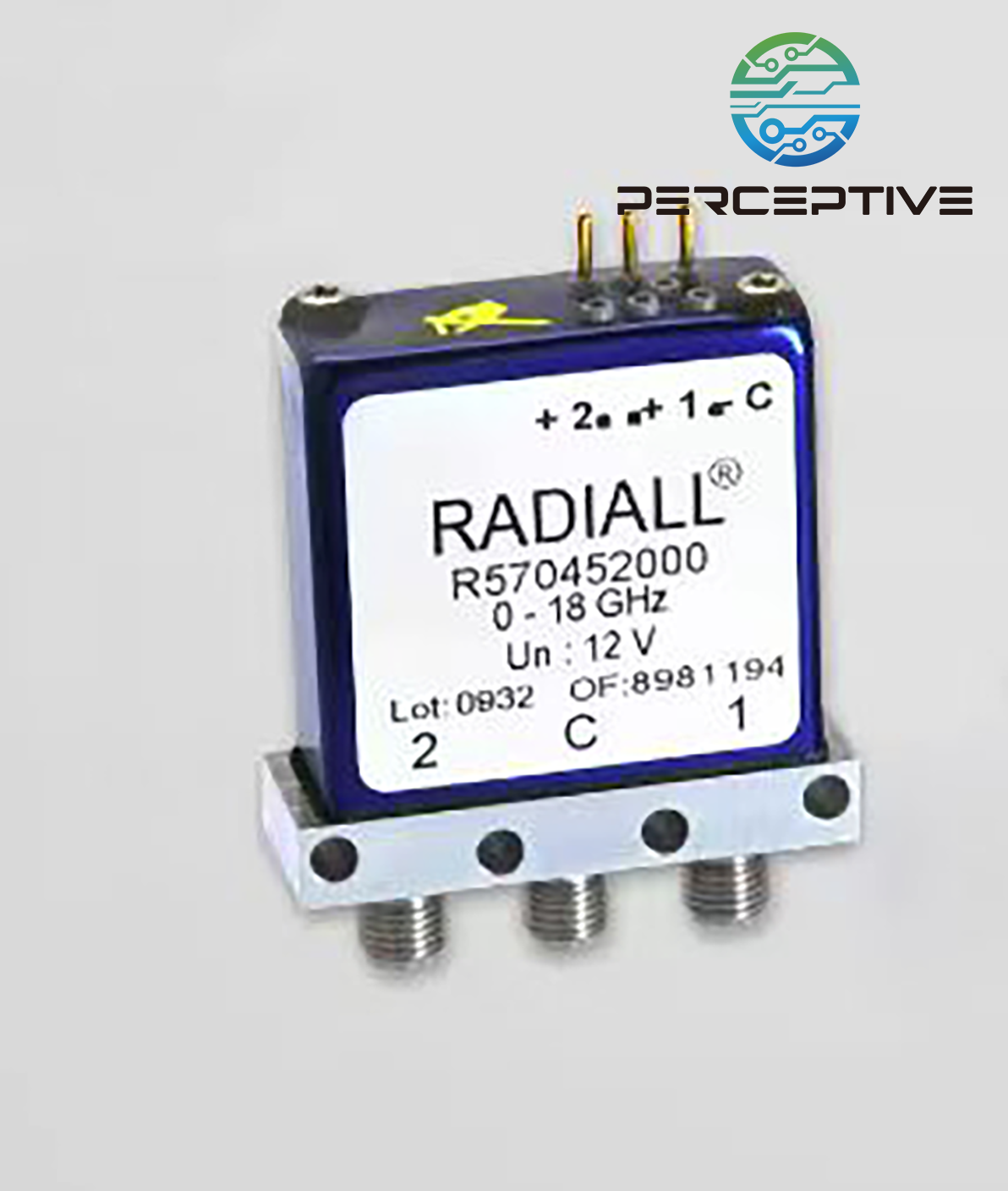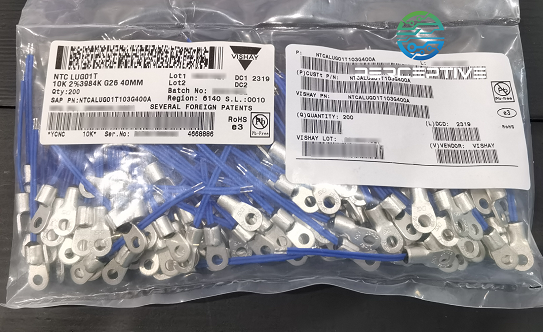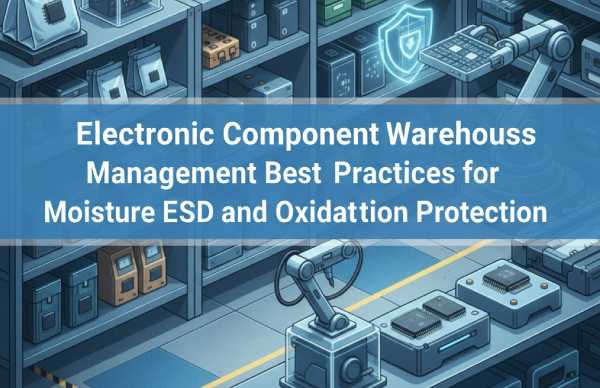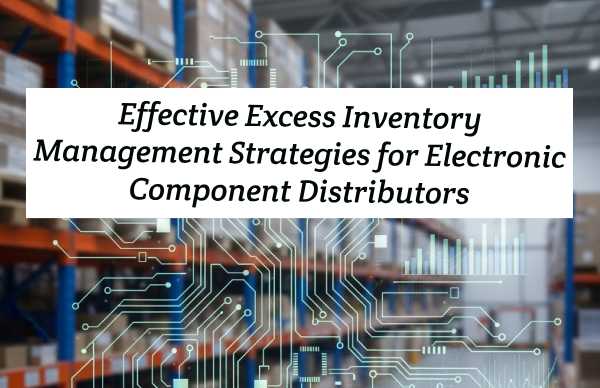In the ever-evolving world of electronics manufacturing, component obsolescence and supply shortages are becoming more than just occasional challenges—they're industry constants. Whether due to discontinued production, supply chain disruptions, or sudden spikes in demand, electronic component buyers are increasingly seeking reliable, compatible alternatives to keep production lines moving. A strategic approach to cross-referencing and selecting alternative components is now not only a convenience—it's a necessity.
Understanding the Need for Alternatives
When an OEM discontinues a component or when a global shortage makes sourcing difficult, procurement teams face two major risks: production delays and increased costs. The key to mitigating these risks lies in identifying suitable replacements that match the original part in function, footprint, and performance.
But sourcing a replacement is not as simple as finding a similar part number. It requires an in-depth understanding of specifications, application requirements, and lifecycle expectations.
What Are Compatible Alternatives?
Compatible alternative components are those that can replace the original component with minimal or no modification to the existing PCB design. These alternatives typically meet the following criteria:
Functional Compatibility: Performs the same core function under similar conditions.
Package Compatibility: Has the same package type and pinout to fit the existing board layout.
Electrical Performance: Matches or exceeds key specifications such as voltage, current, tolerance, and temperature range.
Notably, a true alternative doesn’t always have to be from the same manufacturer. In fact, expanding your search across brands can often uncover newer, more efficient, or more readily available options.
Cross-Referencing: The First Step
Cross-referencing is the process of identifying parts with similar specifications across different manufacturers. This step is crucial when dealing with legacy designs or discontinued components.
Modern electronic component distributors provide online cross-reference tools that enable users to compare specs and determine feasible replacements. However, buyers should still manually verify critical parameters, particularly when dealing with high-reliability applications like automotive or aerospace.
How to Evaluate an Alternative
When evaluating a substitute, consider the following checklist:
Datasheet Analysis: Compare the electrical, thermal, and mechanical parameters.
Lifecycle Status: Ensure the alternative is not nearing end-of-life.
Regulatory Compliance: Check for RoHS, REACH, and other standards.
Supply Chain Stability: Prefer suppliers with long-term inventory commitments.
Technical Support: Choose brands with strong technical documentation and support infrastructure.
Sometimes, even a slight difference in parameters like ESR in capacitors or propagation delay in logic ICs can impact system behavior. Consulting with design engineers or application support teams can help avoid costly redesigns or reliability issues.
The Role of Distributors and Independent Stockists
Experienced component distributors can be invaluable partners in sourcing alternatives. Beyond just inventory, many offer technical services like parametric matching, BOM scrubbing, and lifecycle forecasting.
Independent distributors, often overlooked, can access surplus stock or parts from secondary markets. While this introduces concerns about authenticity and traceability, working with vetted and certified partners (e.g., ERAI members) mitigates these risks.
Future-Proofing Your Design
To reduce dependency on hard-to-source components, engineers should consider second-source planning during the design phase. This involves selecting parts with multiple vendors, broad availability, and long lifecycle commitments.
Additionally, maintaining open communication with procurement teams ensures that engineers are aware of market conditions and inventory trends—leading to more robust and adaptable product designs.
Conclusion
In a market defined by unpredictability, having a clear strategy for sourcing compatible alternatives is no longer optional—it's essential. By leveraging cross-referencing tools, collaborating with knowledgeable distributors, and proactively planning for obsolescence, buyers and engineers can keep their supply chains resilient and their products on track.
For buyers navigating today's complex component landscape, success lies not just in finding a part—but in finding the right part, at the right time, with the right support.

